Home>Gardening & Outdoor>Landscaping Ideas>What Is Grass-Fed Beef
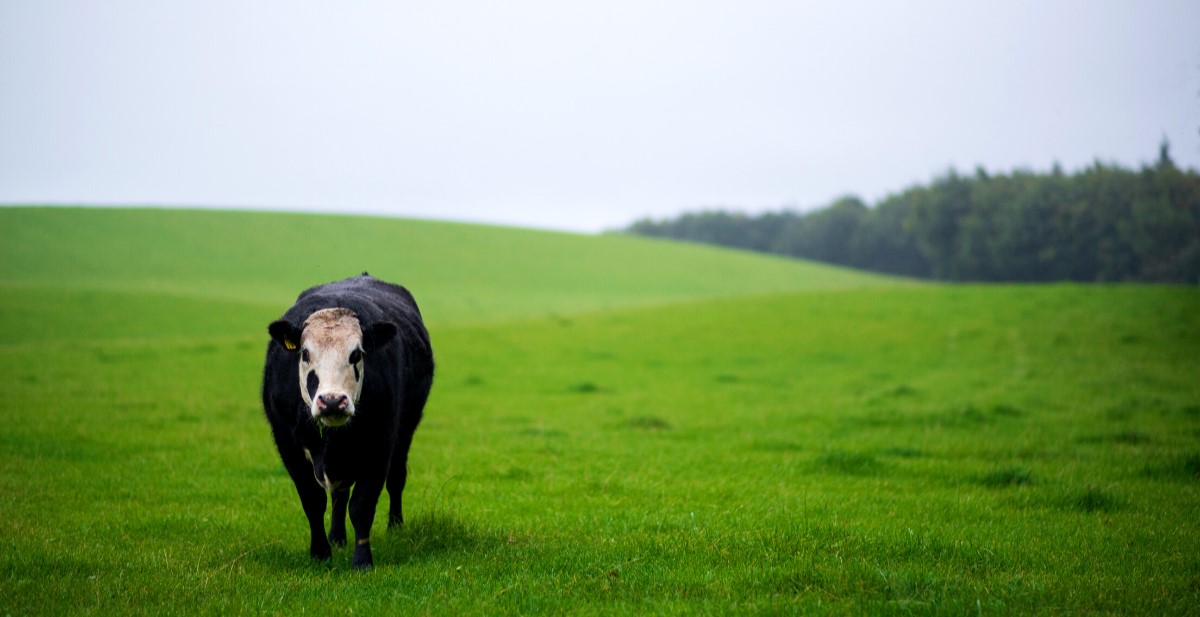

Landscaping Ideas
What Is Grass-Fed Beef
Modified: September 2, 2024
Discover the benefits of grass-fed beef and its impact on landscaping ideas. Learn how this sustainable choice can enhance your outdoor space.
(Many of the links in this article redirect to a specific reviewed product. Your purchase of these products through affiliate links helps to generate commission for Storables.com, at no extra cost. Learn more)
Introduction
Welcome to the world of grass-fed beef, where the allure of succulent, flavorful meat meets a commitment to sustainable practices. In recent years, there has been a resurgence of interest in grass-fed beef, driven by a growing awareness of the impact of food choices on personal health, animal welfare, and the environment. But what exactly does "grass-fed" mean, and why is it generating so much buzz? In this article, we'll delve into the nuances of grass-fed beef, exploring its nutritional benefits, environmental implications, and unique culinary characteristics.
As we embark on this journey, it's essential to recognize that the term "grass-fed" extends beyond a mere label; it encapsulates a philosophy that reveres the natural diet of cattle and prioritizes their well-being. Moreover, it reflects a conscious choice made by consumers who seek to align their dietary preferences with their values. Whether you're a culinary enthusiast, a health-conscious individual, or an advocate for sustainable living, the realm of grass-fed beef holds something intriguing for everyone.
Join us as we unravel the story of grass-fed beef, from its definition to its delectable presence on the dinner table. Let's explore the multifaceted dimensions of this culinary treasure, discovering the nutritional advantages it offers, the ethical considerations it embodies, and the distinctive flavors it imparts. By the end of this exploration, you'll have a comprehensive understanding of what sets grass-fed beef apart and why it continues to captivate the palates and principles of discerning consumers worldwide.
Key Takeaways:
- Grass-fed beef comes from cattle that primarily eat grass and foraged foods. It’s rich in omega-3 fatty acids and CLA, offering a flavorful and nutritious dining experience while supporting sustainable farming practices.
- Choosing grass-fed beef means embracing a culinary journey that champions ethical stewardship, environmental sustainability, and mindful consumption. It offers unique flavors, tender textures, and versatile cooking possibilities, inspiring a more conscious and flavorful approach to nourishment.
Read more: What Is Considered Grass-Fed Beef
What Does Grass-Fed Mean?
When we refer to grass-fed beef, we are describing meat that comes from cattle raised on a diet primarily composed of grass and foraged foods. Unlike conventional grain-fed cattle, which are typically confined to feedlots and fed a diet of grains and supplements, grass-fed cattle graze on pasture or consume dried grasses and forage. This fundamental difference in diet not only shapes the flavor and composition of the meat but also influences the overall agricultural and environmental impact of beef production.
For cattle to be considered grass-fed, their diet must consist predominantly of grass and forage throughout their lives, with the exception of milk consumed prior to weaning. This emphasis on natural forage aligns with the traditional grazing patterns of cattle, allowing them to fulfill their dietary needs in a manner that mirrors their natural behavior. By embracing this approach, grass-fed beef production seeks to minimize reliance on concentrated feed and promote the well-being of the animals.
Furthermore, the term "grass-fed" is often intertwined with the concept of "grass-finished," which denotes cattle that have exclusively consumed grass and forage up to the point of processing. This distinction is crucial, as it ensures that the nutritional composition and flavor profile of the meat reflect the benefits of a grass-based diet throughout the animal's life.
It's important to note that the definition of "grass-fed" can vary between regions and regulatory standards. In some cases, certifications and labeling requirements provide specific guidelines for what qualifies as grass-fed beef, offering consumers assurance regarding the sourcing and production practices behind the meat they purchase.
Understanding the meaning of grass-fed beef lays the foundation for appreciating the holistic approach it represents. This commitment to natural forage, animal welfare, and sustainable farming practices distinguishes grass-fed beef as more than just a dietary choice; it embodies a philosophy that resonates with those seeking a deeper connection to the origins of their food.
Nutritional Benefits of Grass-Fed Beef
Delving into the realm of grass-fed beef unveils a spectrum of nutritional advantages that distinguish it from its grain-fed counterparts. The diet of grass-fed cattle yields meat that is not only rich in essential nutrients but also offers a favorable fatty acid profile, contributing to a wholesome and flavorsome dining experience.
One of the key nutritional distinctions of grass-fed beef lies in its elevated levels of omega-3 fatty acids. These heart-healthy fats are renowned for their role in reducing inflammation, supporting cardiovascular health, and bolstering cognitive function. In contrast, grain-fed beef often contains higher levels of omega-6 fatty acids, which, when consumed in excess, can contribute to inflammatory processes within the body. By opting for grass-fed beef, individuals can introduce a more balanced ratio of omega-3 to omega-6 fatty acids into their diet, promoting overall well-being.
Additionally, grass-fed beef is recognized for its heightened concentrations of conjugated linoleic acid (CLA), a type of fatty acid linked to various health benefits, including potential anti-cancer properties and improved body composition. Studies suggest that grass-fed beef contains up to three times more CLA than grain-fed beef, making it a compelling choice for those seeking to optimize their nutritional intake.
Furthermore, grass-fed beef is a notable source of essential vitamins and minerals, including vitamin E, beta-carotene, and potassium. These nutrients play pivotal roles in supporting immune function, promoting healthy vision, and regulating blood pressure, underscoring the nutritional value of grass-fed beef beyond its protein content.
Notably, the superior nutritional profile of grass-fed beef is intertwined with its potential to contribute to sustainable and ethical food systems. By supporting agricultural practices that prioritize the natural diet of cattle and minimize reliance on concentrated feed, consumers can align their dietary choices with principles of environmental stewardship and animal welfare.
As we savor the delectable offerings of grass-fed beef, we also embrace a nutritional journey that champions well-being, sustainability, and culinary excellence. The holistic benefits of grass-fed beef extend far beyond the dinner table, resonating with a conscientious approach to nourishment and the interconnectedness of our dietary choices with broader ecological and ethical considerations.
When looking for grass-fed beef, check for labels that indicate the cattle were raised on a diet of grass and forage, without the use of antibiotics or hormones. This ensures a leaner and more nutrient-dense meat.
Environmental and Ethical Considerations
Embracing grass-fed beef entails an acknowledgment of its far-reaching implications, extending beyond the realm of nutrition to encompass environmental sustainability and ethical stewardship. By opting for grass-fed beef, individuals partake in a culinary journey that resonates with conscientious choices and a commitment to fostering a more harmonious relationship with the natural world.
From an environmental perspective, the production of grass-fed beef aligns with regenerative agricultural practices that prioritize soil health, biodiversity, and carbon sequestration. Pasture-based grazing systems can contribute to the restoration of degraded landscapes, promoting the vitality of ecosystems and mitigating the environmental impact of beef production. By allowing cattle to graze on natural forage, grass-fed beef production eschews the reliance on resource-intensive grain cultivation and the associated ecological footprint, offering a more sustainable approach to meat consumption.
Moreover, the principles of ethical husbandry and animal welfare underpin the ethos of grass-fed beef production. By granting cattle access to open pasture and honoring their natural grazing behaviors, grass-fed beef advocates for the well-being of the animals and acknowledges their intrinsic value within the agricultural landscape. This emphasis on humane treatment and holistic care reflects a paradigm of responsible stewardship, fostering a deeper appreciation for the interconnectedness of human and animal welfare.
Furthermore, supporting grass-fed beef production can serve as a means of advocating for transparent and ethical supply chains within the food industry. By seeking out grass-fed beef from reputable sources and embracing certifications that uphold rigorous standards of production, consumers can play an active role in promoting accountability and integrity within the agricultural sector.
Ultimately, the decision to incorporate grass-fed beef into one’s culinary repertoire transcends the act of selecting a particular type of meat; it embodies a conscientious approach to nourishment, sustainability, and ethical engagement. By embracing the environmental and ethical considerations inherent in grass-fed beef, individuals affirm their role as stewards of the planet and champions of mindful consumption, forging a path toward a more sustainable and compassionate food culture.
Taste and Cooking Differences
Exploring the world of grass-fed beef unveils a culinary landscape defined by nuanced flavors, tender textures, and distinctive cooking characteristics. The transition from conventional grain-fed beef to its grass-fed counterpart introduces a sensory journey that reflects the influence of the animals’ natural diet and the agricultural practices that shape their upbringing.
Grass-fed beef is celebrated for its rich, robust flavor profile, characterized by hints of earthiness and a depth of savory notes. The influence of the animals’ forage-based diet infuses the meat with a unique terroir, imparting a complexity that captivates the palate. This nuanced flavor profile distinguishes grass-fed beef as a versatile and compelling ingredient, capable of elevating a diverse array of culinary creations.
Moreover, the leaner composition of grass-fed beef, attributed to the animals’ natural grazing patterns, contributes to a tender yet slightly firmer texture that lends itself well to various cooking methods. Whether seared to perfection on a grill, slow-cooked in a savory braise, or incorporated into a sumptuous stir-fry, grass-fed beef showcases a versatility that invites culinary exploration.
When it comes to cooking grass-fed beef, a mindful approach can further enhance the dining experience. Due to its lower fat content, grass-fed beef benefits from gentle cooking methods and careful monitoring to prevent overcooking, preserving its succulence and flavor. Embracing techniques such as marinating, searing at high heat, and utilizing meat thermometers can optimize the tenderness and juiciness of grass-fed beef, ensuring a memorable and gratifying culinary outcome.
Furthermore, the culinary potential of grass-fed beef extends beyond traditional cuts and preparations, inspiring innovative culinary endeavors that celebrate its distinctive qualities. From artisanal burgers infused with savory herbs to slow-smoked brisket adorned with aromatic spices, grass-fed beef invites culinary enthusiasts to embark on a creative exploration of its unparalleled flavors and textures.
As we savor the delectable offerings of grass-fed beef, we embark on a gastronomic odyssey that celebrates the interplay of natural flavors, culinary craftsmanship, and mindful cooking techniques. The journey from pasture to plate unfolds a narrative of culinary artistry, inviting us to revel in the distinctive tastes and cooking nuances that define the realm of grass-fed beef.
Conclusion
The realm of grass-fed beef beckons us into a world where culinary excellence intertwines with ethical stewardship and holistic nourishment. As we conclude our exploration of grass-fed beef, we emerge with a profound appreciation for its multifaceted dimensions, from its nutritional richness to its environmental and ethical implications, and its distinctive culinary allure.
Grass-fed beef embodies a commitment to sustainable farming practices, environmental stewardship, and the well-being of the animals, offering a poignant reminder of the interconnectedness of our dietary choices with broader ecological considerations. By embracing grass-fed beef, individuals partake in a journey that transcends mere sustenance, resonating with the principles of conscious consumption and responsible engagement with the natural world.
Furthermore, the nutritional bounty of grass-fed beef, characterized by elevated levels of omega-3 fatty acids, CLA, and essential vitamins and minerals, underscores its role as a wholesome and flavorsome culinary choice. This nutritional richness, coupled with the nuanced flavors and tender textures it imparts, invites us to savor the artistry of grass-fed beef and explore the diverse culinary possibilities it presents.
As we bid farewell to this exploration, let us carry forth a newfound reverence for the story behind our food, an appreciation for the flavors that grace our tables, and a commitment to mindful consumption that honors the planet and its inhabitants. The allure of grass-fed beef extends beyond the confines of a label; it embodies a narrative of sustainability, compassion, and culinary delight, inviting us to embrace a more conscious and flavorful approach to nourishment.
May the journey from pasture to plate continue to inspire us, not only in our culinary endeavors but also in our dedication to fostering a more harmonious and sustainable food culture. Let us savor each bite with gratitude, knowing that the flavors we relish and the choices we make carry with them a story of mindful living, ethical stewardship, and the timeless art of savoring the gifts of the earth.
Frequently Asked Questions about What Is Grass-Fed Beef
Was this page helpful?
At Storables.com, we guarantee accurate and reliable information. Our content, validated by Expert Board Contributors, is crafted following stringent Editorial Policies. We're committed to providing you with well-researched, expert-backed insights for all your informational needs.
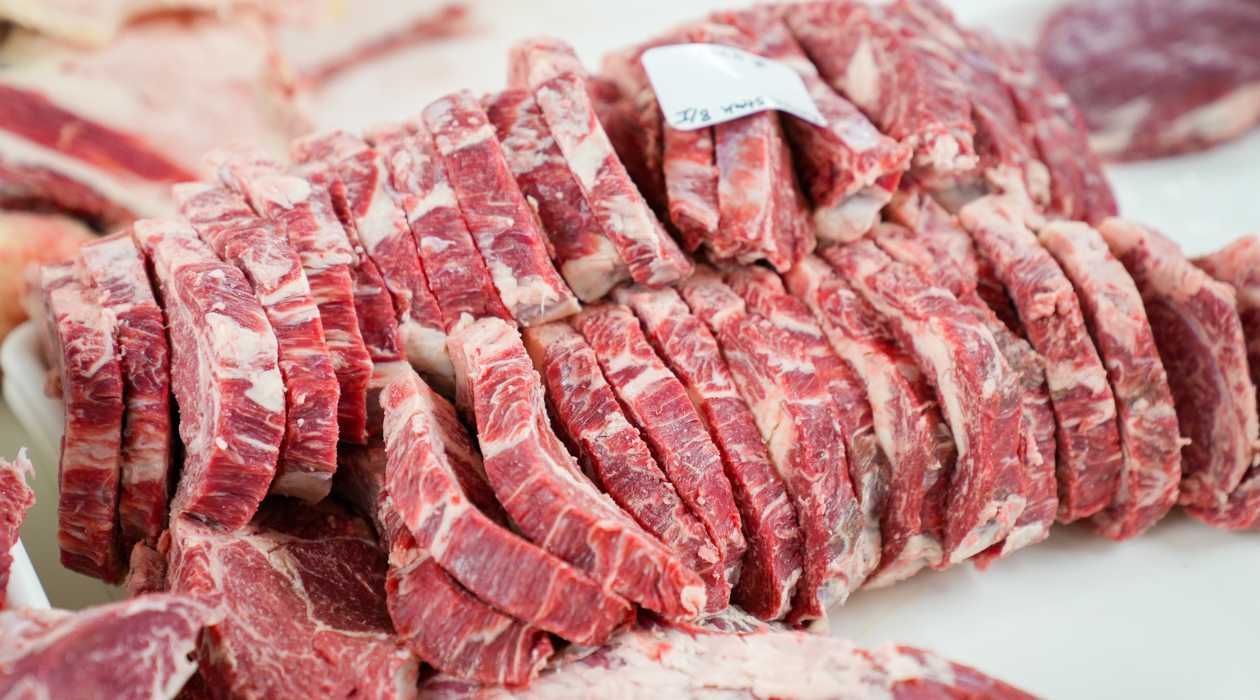
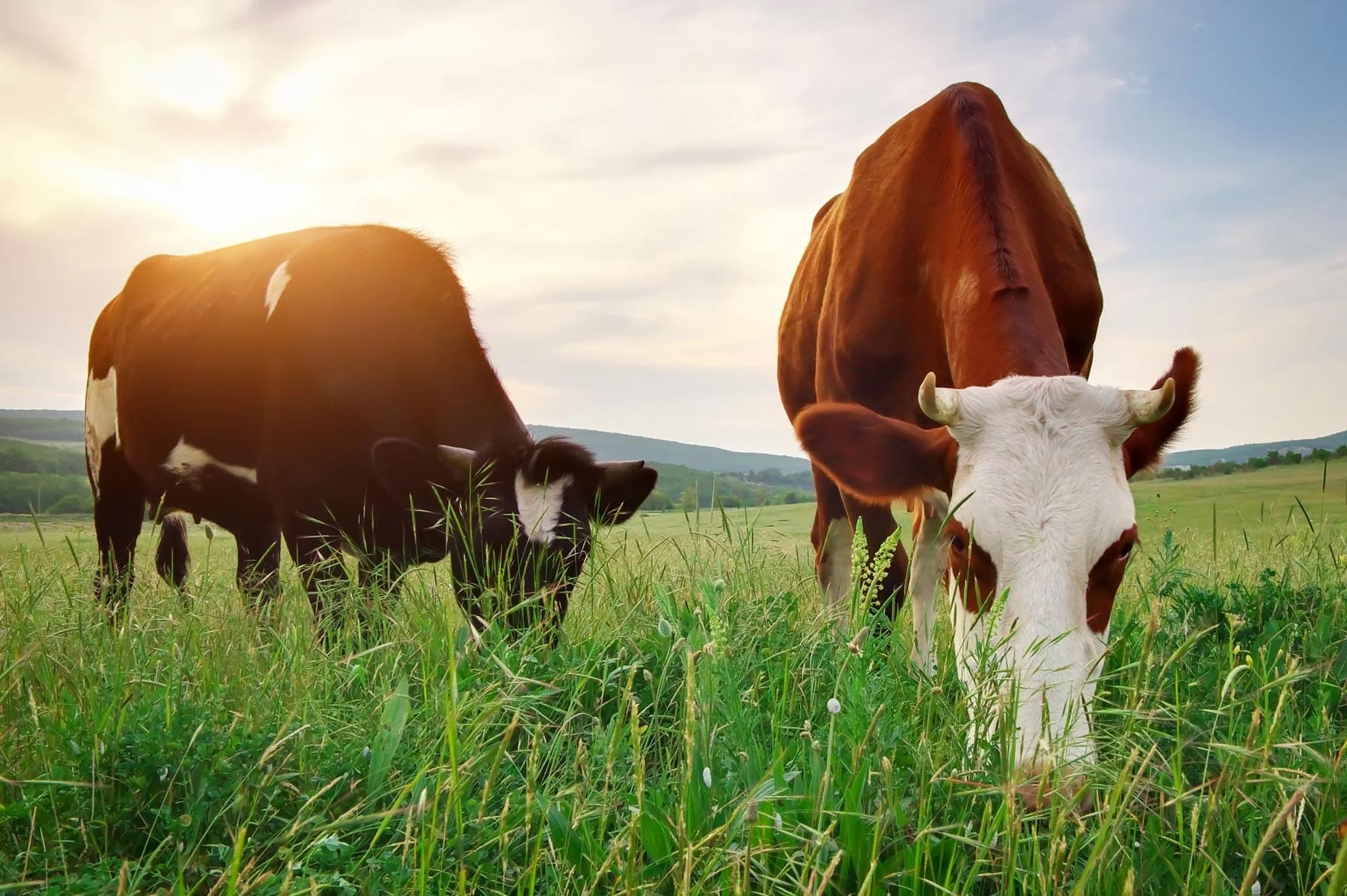
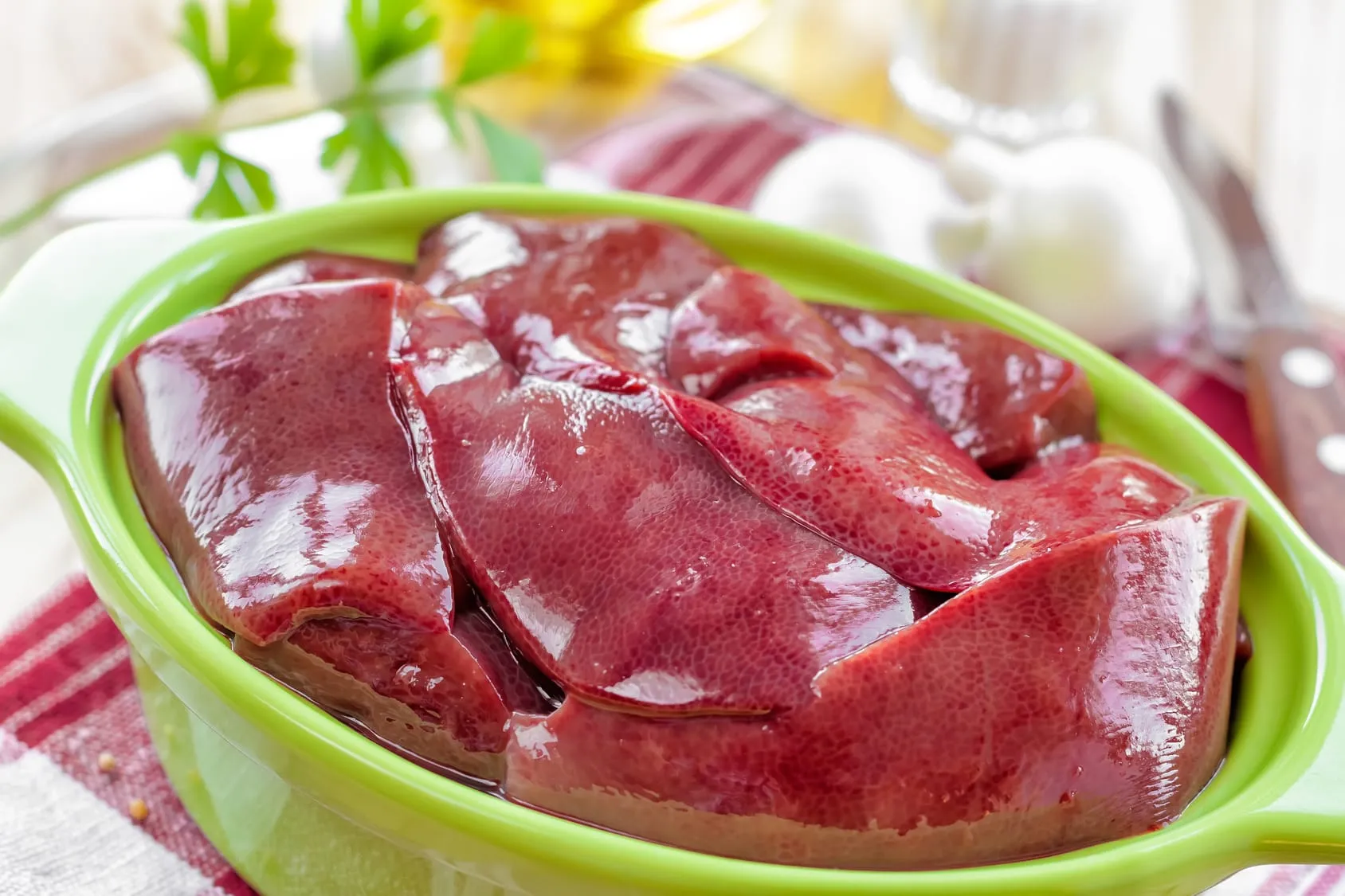
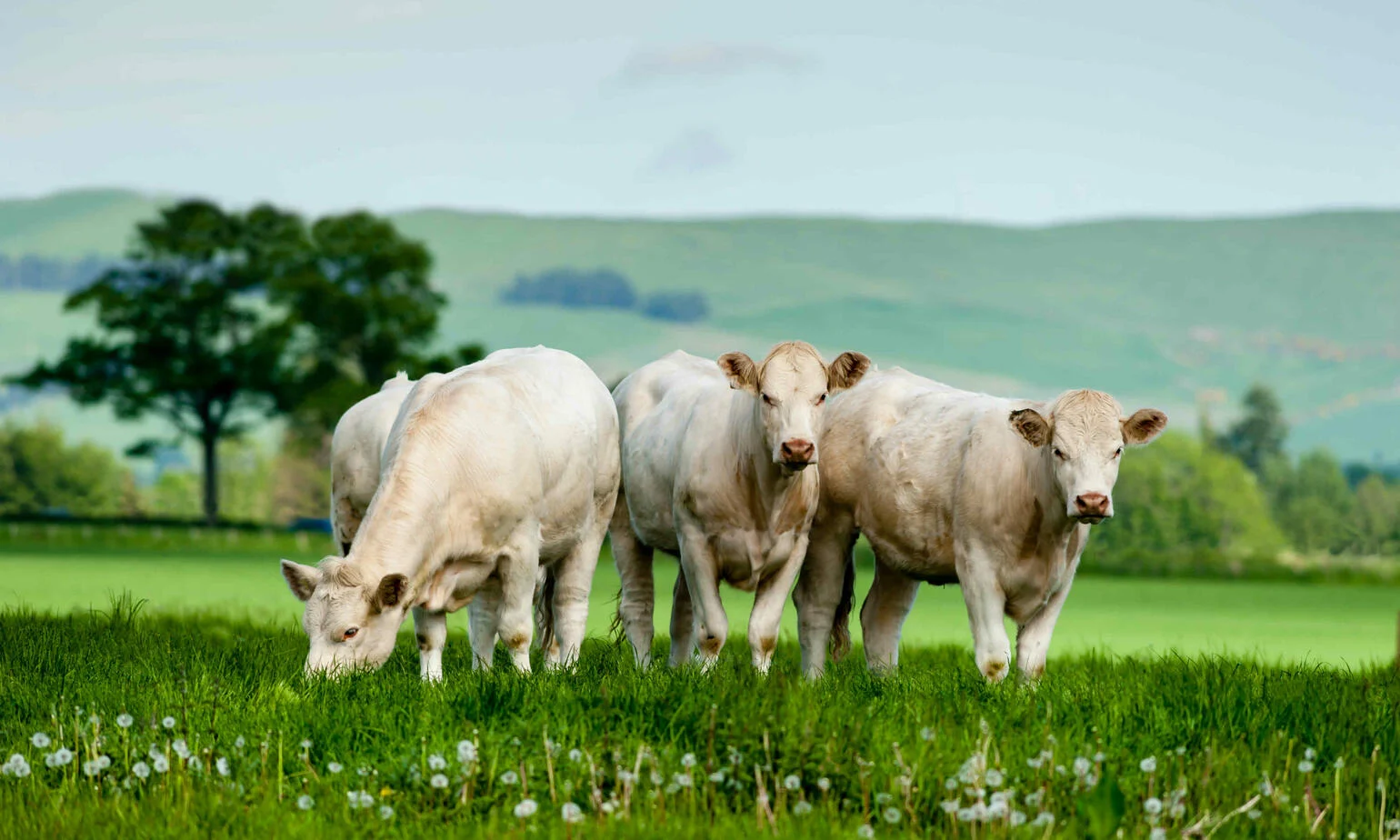
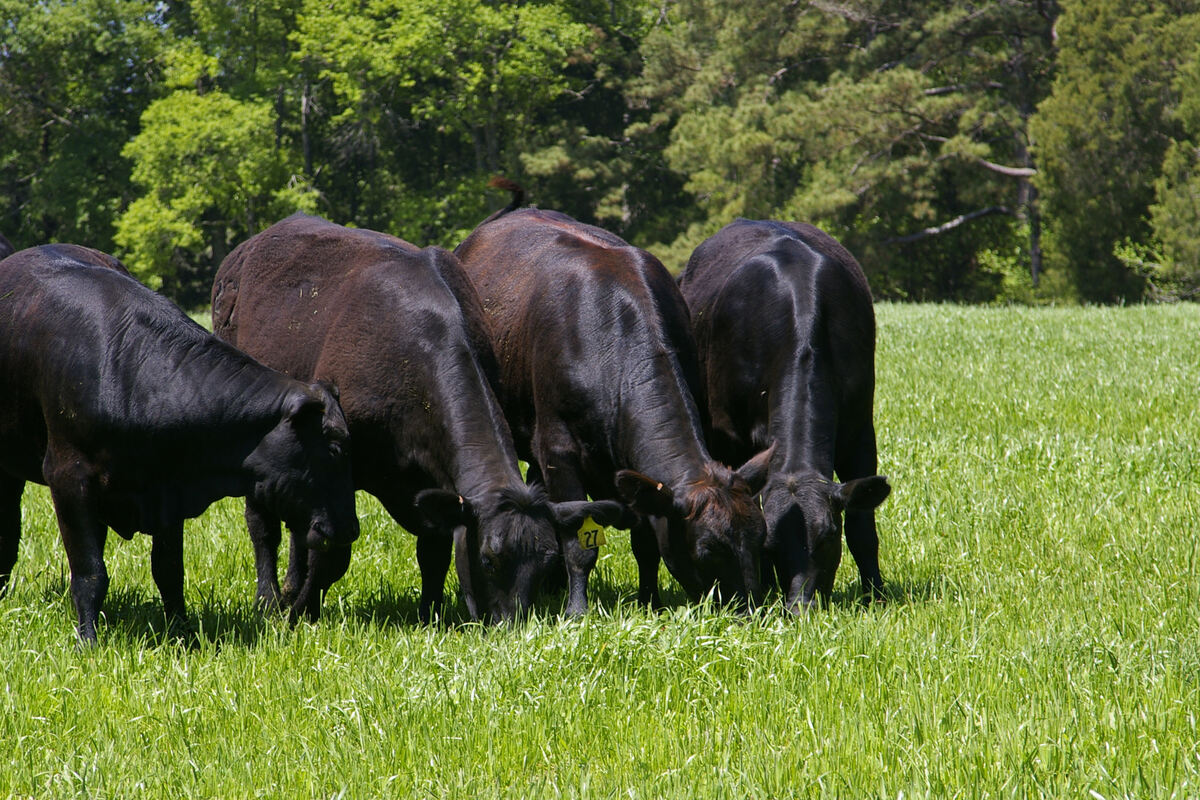
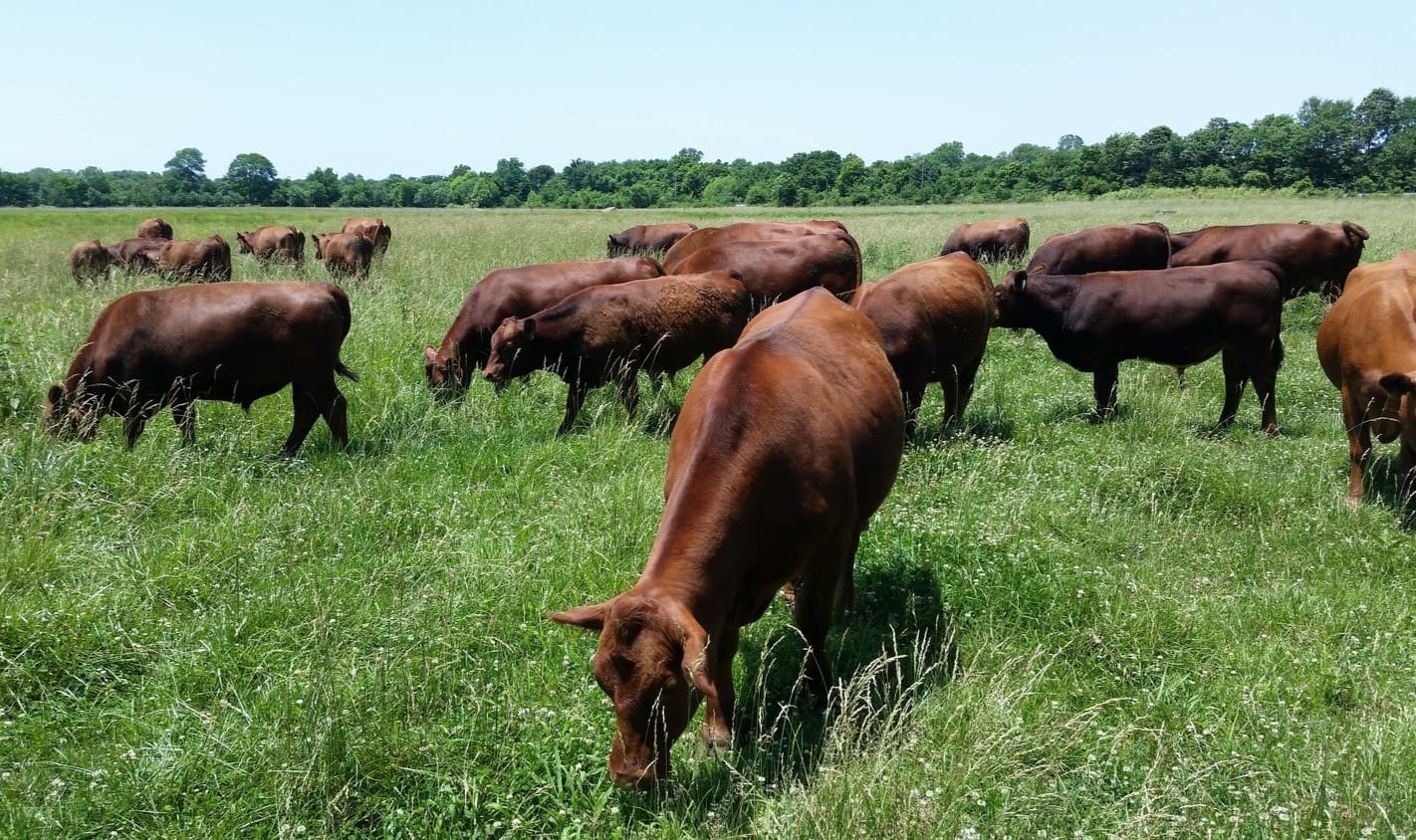
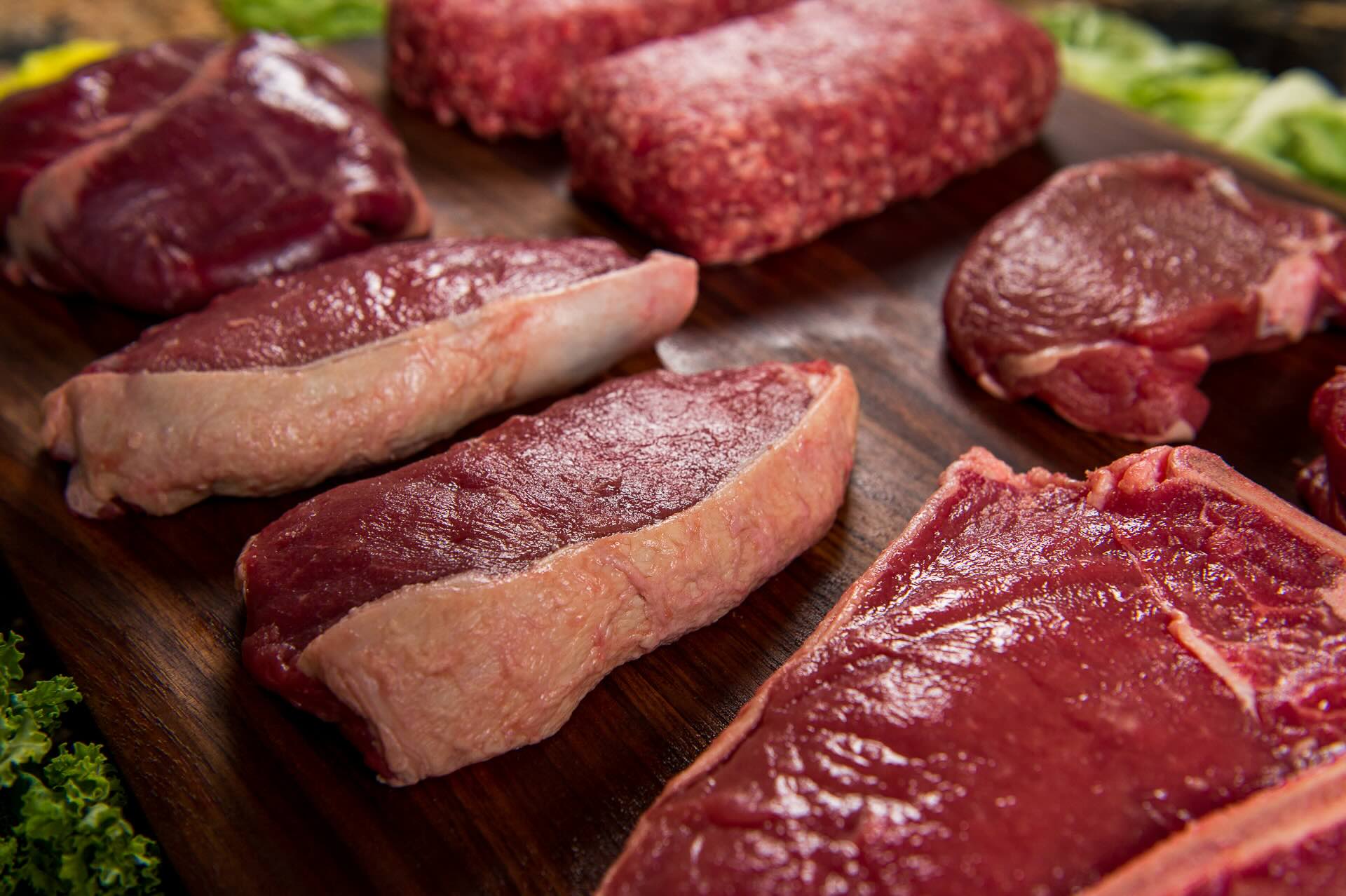
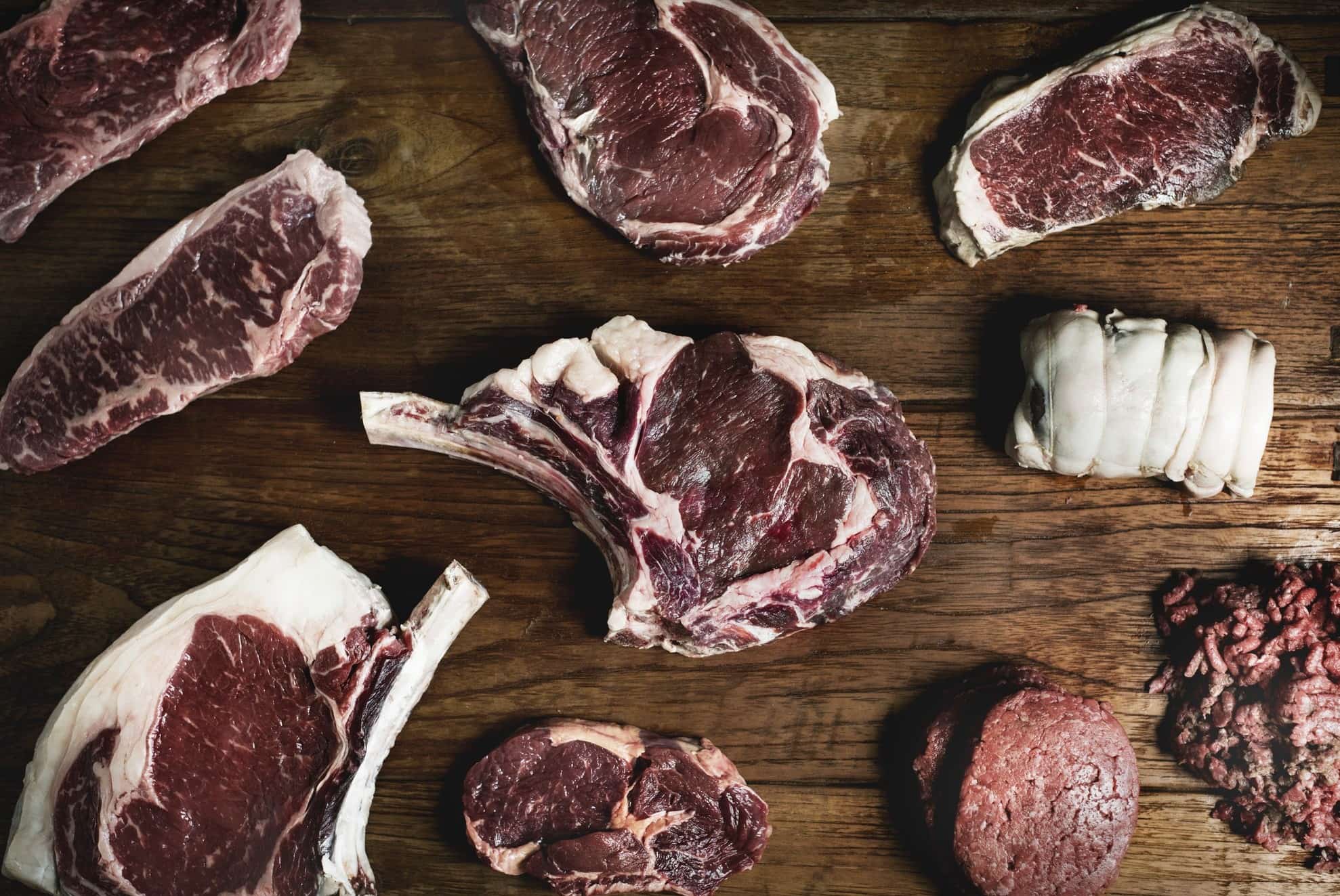
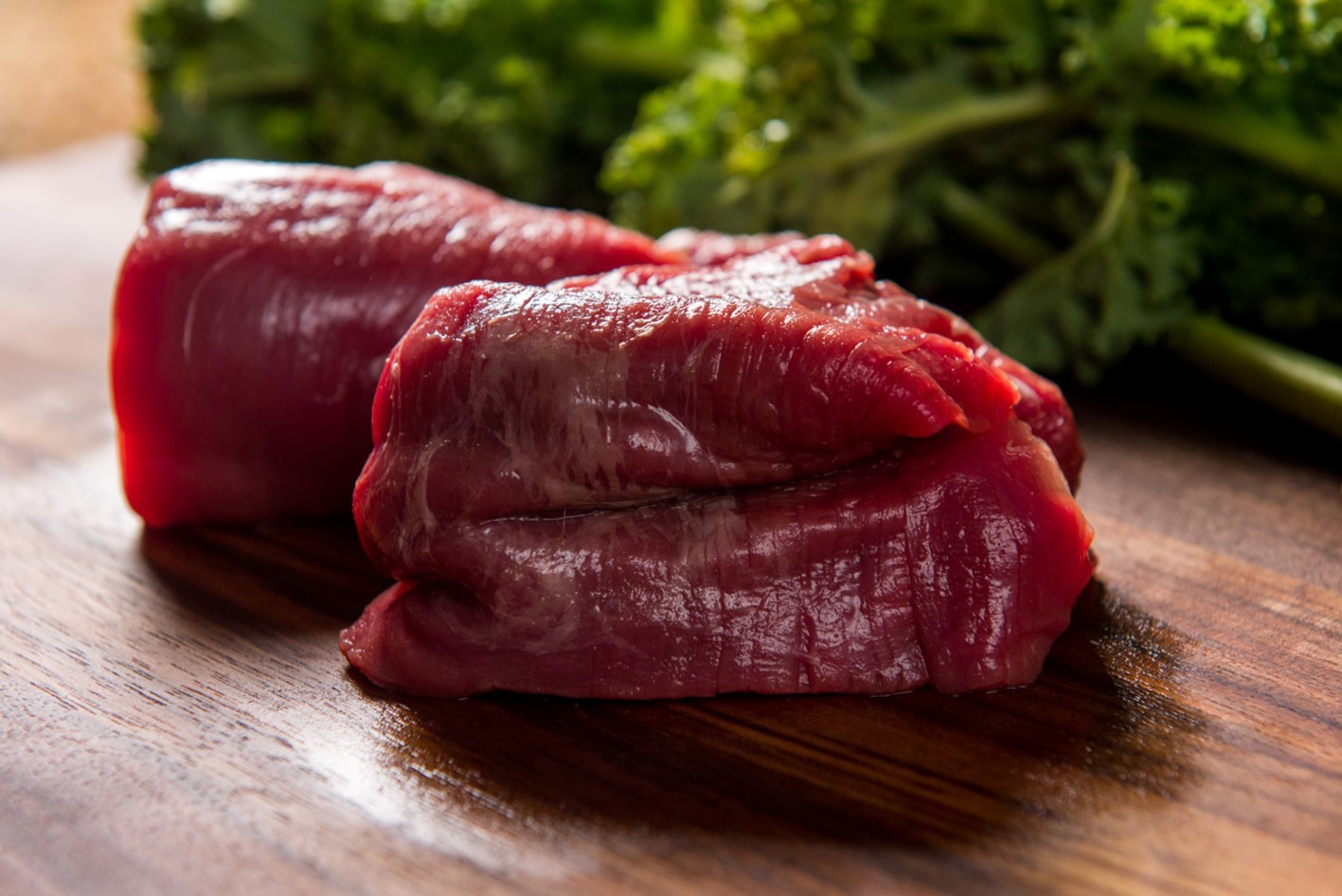
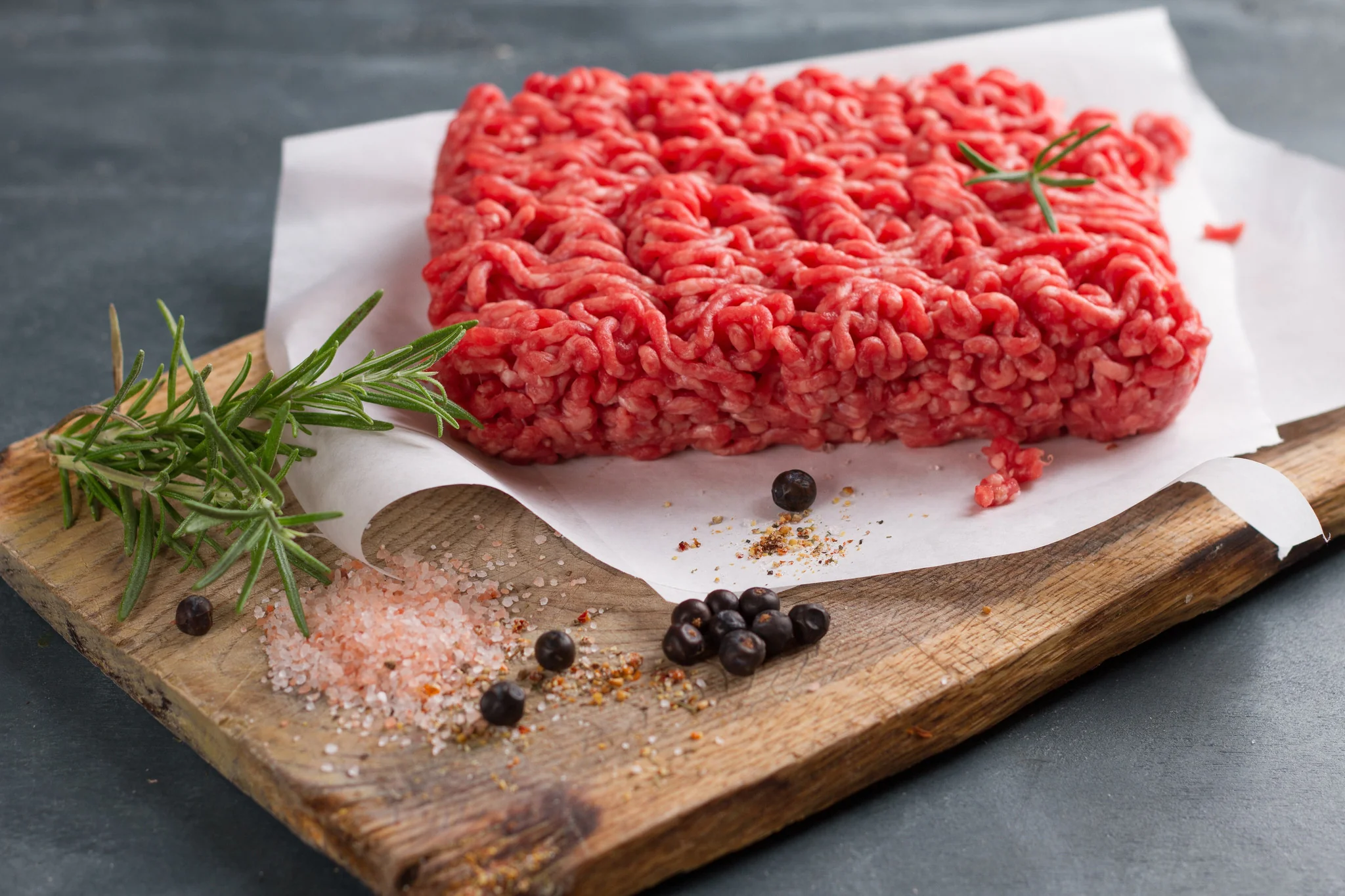
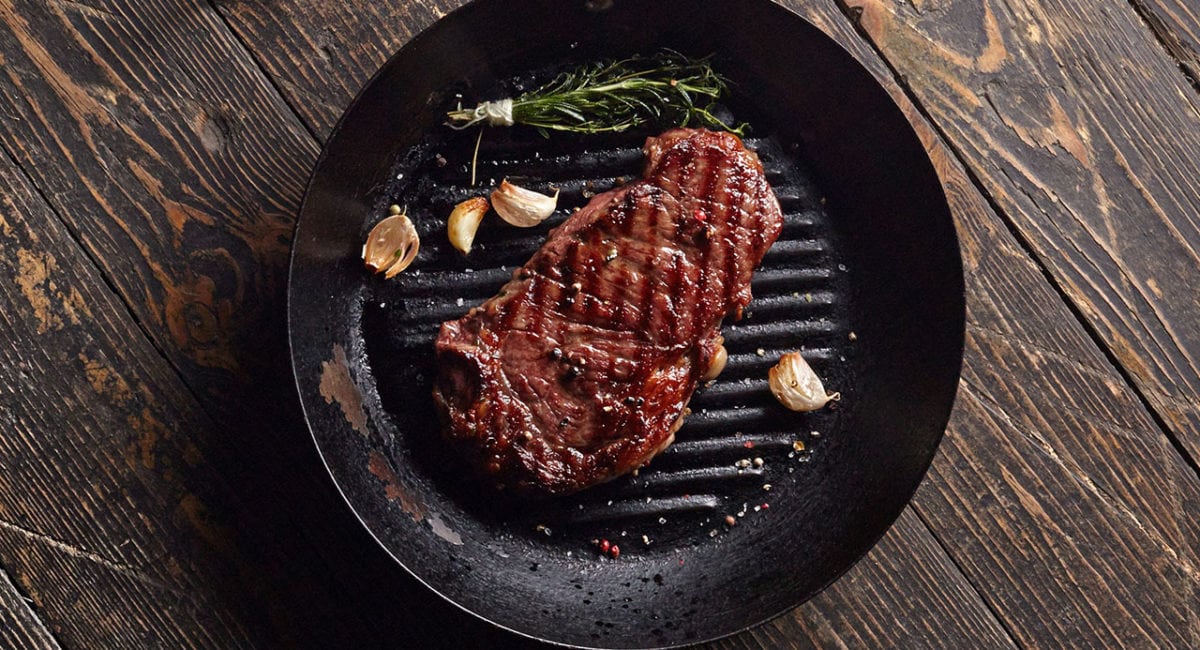

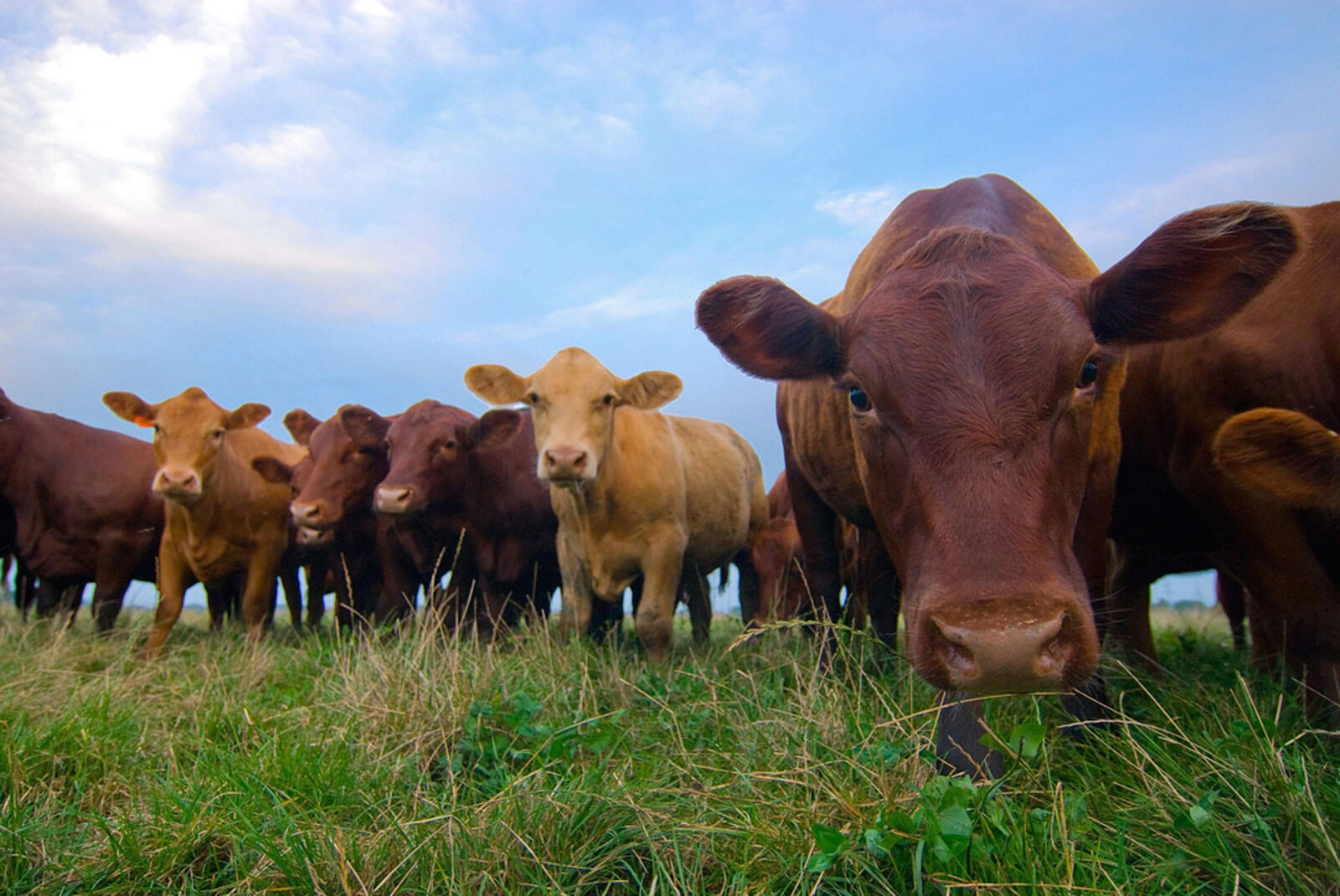
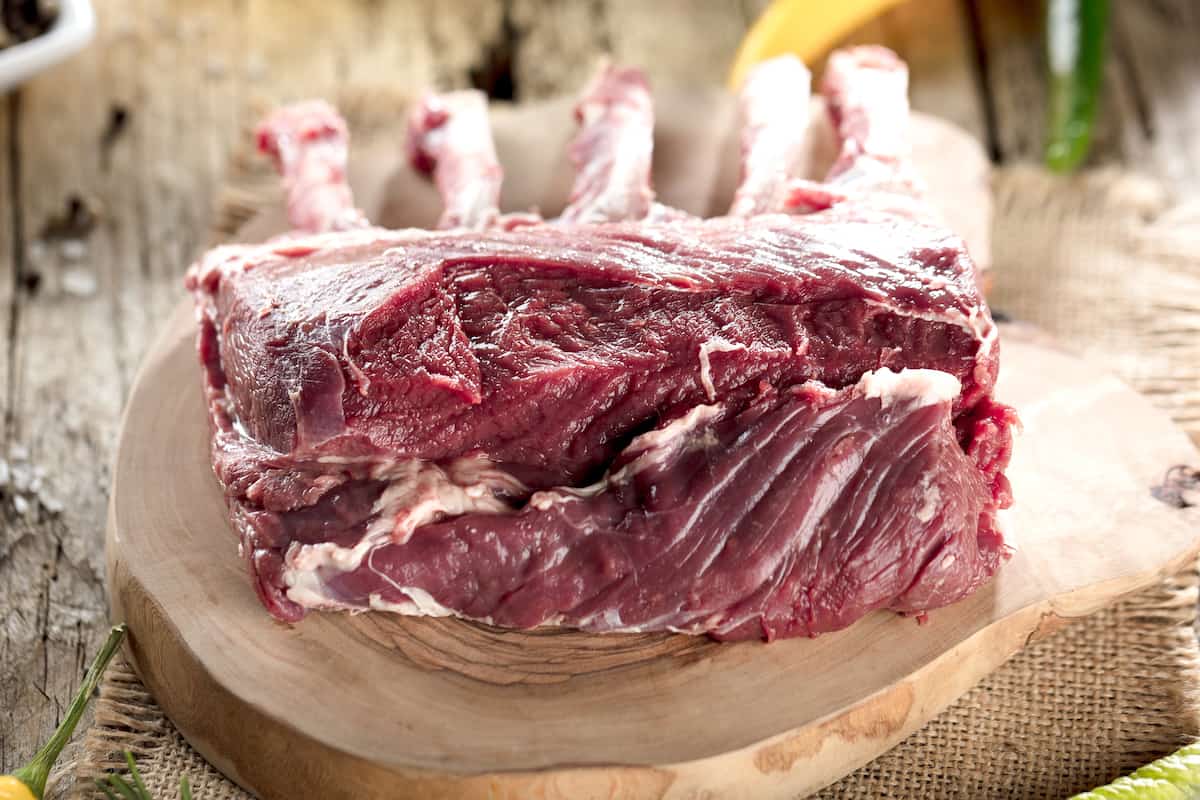

0 thoughts on “What Is Grass-Fed Beef”